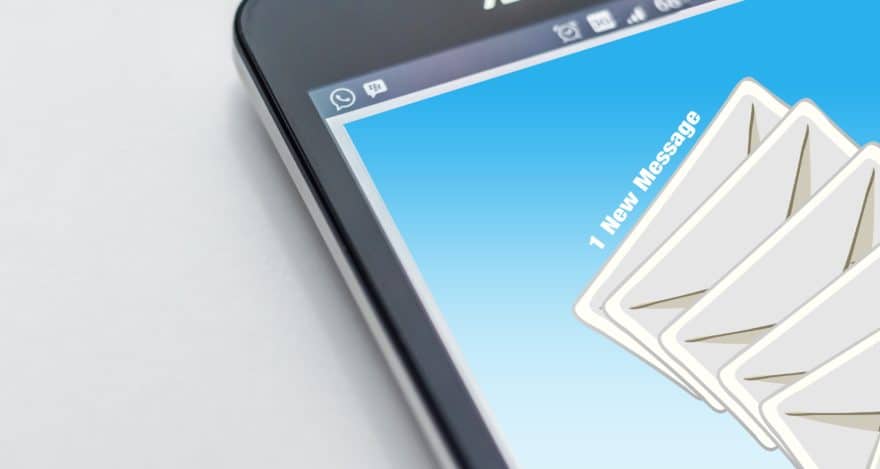With business competition so high these days, companies today must be aggressive in the marketing of their products and services. This means utilizing a variety of traditional and new marketing strategies and tools to engage new customers and manage them once they are acquired.
New marketing tools are the rage today with SEO, social media marketing, websites and blogs, and email marketing now getting the most focus from marketing executives across the world.
Businesses know that people are spending more time online and opportunities for marketing to them there are increasing. As online marketing strategies evolve from simply pushing marketing at consumers to getting them to engage and interact more with the marketing, conversion rates are beginning to rise.
Apart from the online marketing, SMS marketing also plays a major role in developing a relationship with your customers and converting prospects. According to a statistic report 2019, there are 5 billion people sending and receiving SMS messages globally. It is about 65% of the world’s population.
SMS Messaging Was and is Very Effective
As we have moved to mobile phones becoming the center of business marketing efforts, it is easy to forget that what was considered the original mew marketing tool started out on mobile phones even before the internet became a factor. It was SMS or text messaging that got companies to consider mobile phones as a marketing device.
SMS marketing was an immediate hit and has enjoyed during its life a very high open rate. In fact, globally text messaging enjoys an open rate of more than 90%. In a world of two-way communication being a standard, this is an astounding number. It has caused SMS messaging to be a standard tool for many companies to use to engage potential customers or to alert customers to new products, specials, discounts and other promotions.
But not all SMS messages are created equal and many SMS marketing campaigns do not meet their objectives. The first goal of any SMS campaign is to get customers to open the test mail. Here are the proven methods for increasing your SMS open rates.
Perfect Your first Line
You need to be able to capture the attention of your target market with introductions that resonate with them. Look at other successful SMS messages to get some ideas on how to get people to open your text.
Collect Data and Analyze It
You should collect data on every aspect of your SMS marketing campaign, and analyze this data to perfect the campaign. Look at your target market, the actual message, the offer, and the results to determine how you did, and what can be improved. After you have made adjustments, test these changes with new SMS messages. Repeat this process continuously.
Timing is everything
Make sure that you send your SMS messages at the right time. You want to send a message near the time you want the person to take action. If you want to direct them to a sale, do it the night before or morning of the sale. Pope expect an SMS message to be current. So give them what they expect. Make is a last minute call to action.
Use SMS to Enlighten
The best rule for sending SMS is the 80/20 rule where you 80% of the text messages you send to customers are helpful or informative, and only 20% are a sales pitch. The idea here is similar with blogs which is to become a resource for quality information as you present offers.
Coordinate with Email Marketing
It has been shown that SMS marketing works well with email marketing when coordinated properly. Both forms of marketing have their strengths and weaknesses, so you need to understand both intimately in order to get the most out of each. But when executed properly the combination will increase your customer attraction and conversion.
Final Words
All the above strategies are designed to help you improve the open rate for both email and SMS rates. As long as you will keep these tips in mind, you will have nothing to worry about with retention or open rates!
SMS Marketing is also a better and smarter choice than social media (Facebook, Twitter or Linkedin). Because almost 100% of mobile phones are SMS-enabled, it’s the easiest communication channel everyone in the world knows how to use and, above all, because 99% of all SMS messages are opened and read within 5 minutes or less. This is a huge open and read rate!








